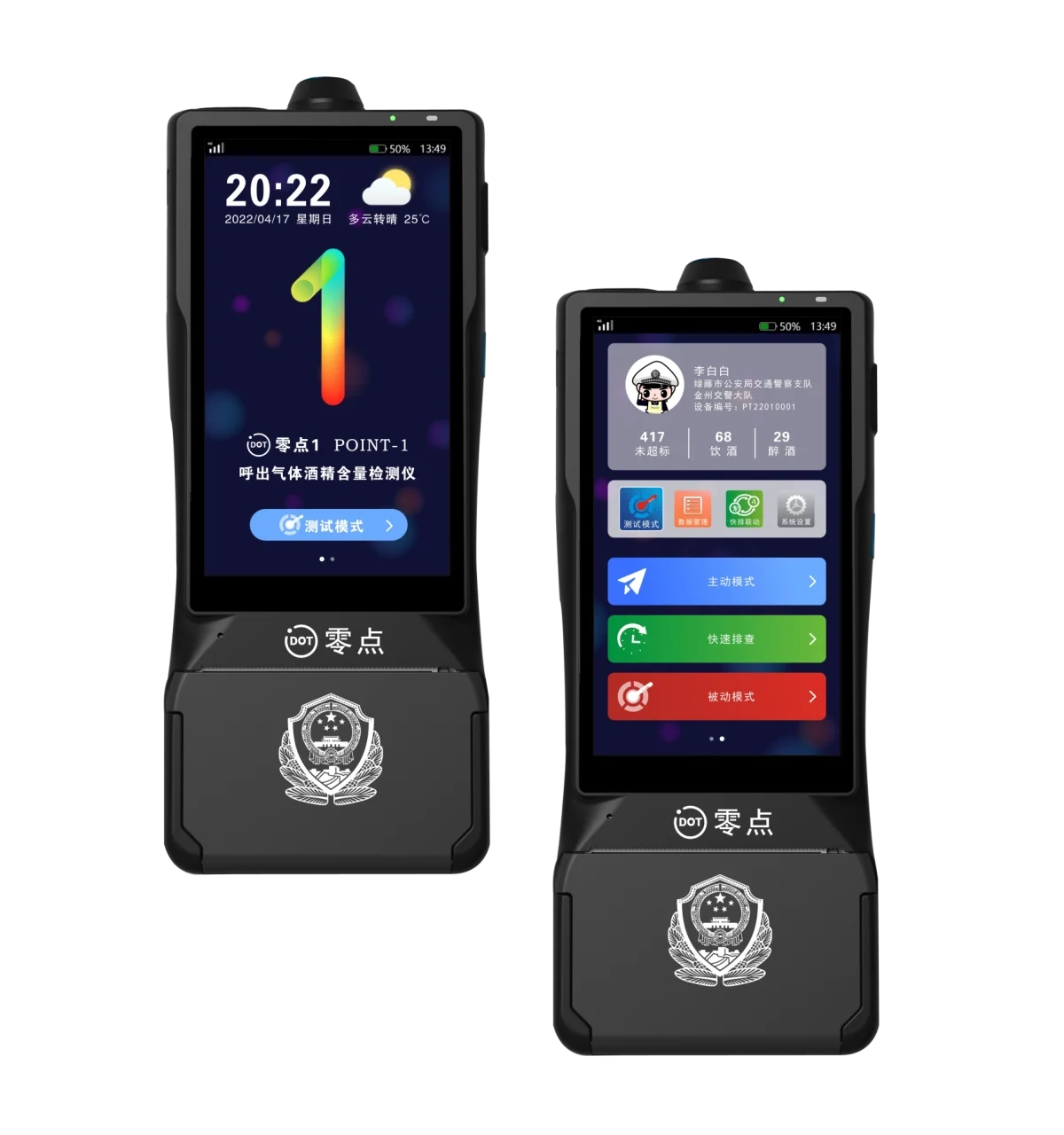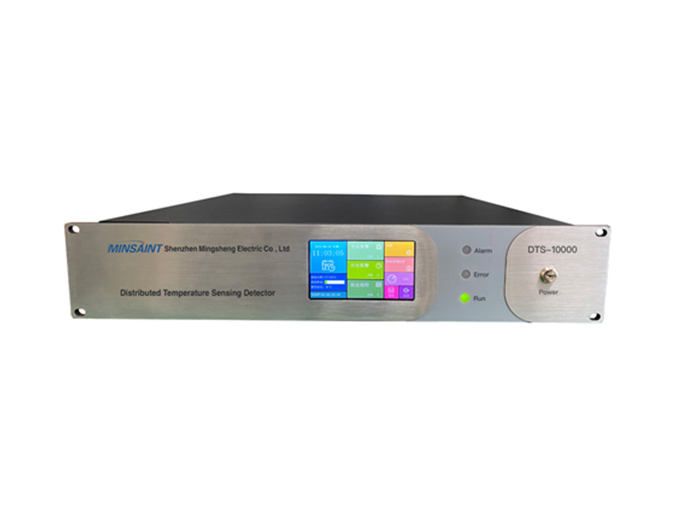How does alcohol tester work

Alcohol testers are devices used to detect the alcohol concentration in human exhaled breath. It plays an important role in many fields, especially in traffic safety and workplace safety. Understanding how alcohol testers work is critical to proper use and understanding their accuracy.
The working principle of alcohol testers is based on the presence of alcohol in exhaled breath. When people drink alcohol, the alcohol enters the lungs through the respiratory system and is expelled from the body with the exhaled air. Alcohol testers detect alcohol concentration in exhaled breath to determine whether a person has consumed alcohol and to assess their alcohol concentration level.
Alcohol testers typically use two main technologies to detect alcohol concentration: sensor technology and infrared spectroscopy. Sensor technology, one of the most common methods, is based on chemical reactions to detect alcohol. The sensor usually consists of two electrodes, one of which is coated with a special chemical that triggers an electrochemical reaction when alcohol comes into contact with the substance. This reaction causes a change in electrical current, which alcohol testers measure to determine alcohol concentration.

Infrared spectroscopy technology utilizes the absorption properties of alcohol molecules on infrared light. Alcohol molecules absorb specific parts of the infrared spectrum when infrared light passes through exhaled breath, and alcohol testers determine alcohol concentration by measuring the intensity of the absorbed light.
Whether it is sensor technology or infrared spectroscopy technology, alcohol testers need to be calibrated to ensure accuracy. Calibration is usually done by comparing alcohol solutions with known concentrations. During the calibration process, alcohol testers record current changes or spectral absorption intensities corresponding to known concentrations to establish an accurate measurement standard.
The accuracy and error range of alcohol testers are the focus of users. Accuracy is typically measured by the device's precision and error margin. Precision refers to how close alcohol testers’ measurement results are to the actual alcohol concentration, while margin of error refers to the range of differences between the measurement results and the actual alcohol concentration. The accuracy of most alcohol testers can reach a high level under normal use conditions, and the error range is usually within a certain percentage.
The use of alcohol testers is relatively simple. Typically, the user simply points the tester's sensor or infrared light source at the person's mouth or nostrils and then asks the person to blow or exhale. The tester quickly analyzes the breath for alcohol concentration and displays the results on the display. Some alcohol testers also have data logging and storage capabilities, which can record the results of each test for subsequent analysis.
Alcohol testers play an important role in traffic safety. Drinking and driving is a serious offense in many countries and poses a serious risk to the safety of drivers and other road users. Alcohol testers can help traffic police quickly detect whether drivers are drinking and assess their alcohol concentration levels. This helps reduce the incidence of drunk driving and improves road traffic safety.
In addition, alcohol testers also play an important role in workplace safety. In certain industries, such as construction, manufacturing, and transportation, alcohol consumption is strictly prohibited. Alcohol testers can help employers ensure that employees are not drinking while on the job, thereby ensuring workplace safety and productivity.
In summary, alcohol testers are an important device used to detect the alcohol concentration in human exhaled breath. Its working principle is based on sensor technology or infrared spectroscopy technology, which determines alcohol concentration by measuring current changes or spectral absorption intensity. Alcohol testers play an important role in traffic safety and workplace safety, helping to reduce drunk driving and keep workplaces safe. Proper use of alcohol testers, and understanding their accuracy and error margins, are critical to ensuring the reliability of test results.
The important role of alcohol testers in traffic safety
A guide to the precautions for using the alcohol tester
How to choose a suitable alcohol tester
How to choose a quality alcohol tester supplier
Explore the many factors that affect the accuracy of alcohol testers
Data recording and analysis functions of alcohol tester
How to maintain and care for alcohol tester
Are alcohol testers expensive?
Is the alcohol tester accurate?
What types of alcohol testers are there?
mia
gotaiwu@gmail.com

